A New Method to Improve the Mechanism Model of Carburizing by Multivariate Linear Regression
DOI: 10.23977/jmpd.2022.060109 | Downloads: 20 | Views: 1490
Author(s)
Xinbo Gao 1, Xiaoxu Chen 1, Qiqi Li 1
Affiliation(s)
1 China Academy of Information and Communications Technology, Beijing, China
Corresponding Author
Qiqi LiABSTRACT
Heat treatment is one of the essential technologies in industrial manufacturing, and carburization is one of the processes of heat-treatment technology. With the increase of the technological requirements of production, the optimization of carburizing technology is desired. However, most carburization mechanism models are derived from the material properties and the related physical principles, which are involved huge amounts of parameters. Some parameters (such as diffusion constant, thermal conductivity, interface transfer coefficient, etc.) are difficult to measure correctly, and this is an extremely unfavorable issue to cause the results of the mechanism model inaccurate. In this paper, a new method is raised to improve the carburization mechanism model. The function of the method is to reduce the error of the model results by combining the mechanism model and the multivariate linear regression model with a small amount of sample data. At last, the author of this paper will perform experiments to prove the correctness of the method.
KEYWORDS
Machine learning, carburization, Heat treatmentCITE THIS PAPER
Xinbo Gao, Xiaoxu Chen, Qiqi Li, A New Method to Improve the Mechanism Model of Carburizing by Multivariate Linear Regression. Journal of Materials, Processing and Design (2022) Vol. 6: 44-54. DOI: http://dx.doi.org/10.23977/jmpd.2022.060109.
REFERENCES
[1] S. Román, B. Ledesma, A. Álvarez, et al. Suitability of hydrothermal carbonization to convert water hyacinth to added-value products [J]. Renewable Energy, 146 (2004).
[2] Hilda Susan. The technology of the Heat Treatment of Steel: [J]. Journal of the Institution of Locomotive Engineers, 35(183), (2006).
[3] M. David, A. Khaled, R. Mark, S. John. Surface processing to improve the fatigue resistance of advanced bar steels for automotive applications. Materials Research Bulletin. (2005).
[4] V. S. Sagaradze. Effects of carbon content on the strength of carburized steel [J]. Metal Science and Heat Treatment, 3 (1970).
[5] S. Lee, D. Matlock, C. Tyne. Comparison of two finite element simulation codes used to model the carburizing of steel [J]. Computational Materials Science. (2013).
[6] A. Sugianto, M. Narazaki, M. Kogawara, A. Shirayori, S. Kim, S. Kubota. Numerical simulation and experimental verification of carburizing-quenching process of SCr420H steel helical gear [J]. Journal of Materials Processing Tech. 7 (2008).
[7] H. Chen, Z. Sybrand. Predicting the Effect of Mo, Ni, and Si on the Bainitic Stasis [J]. Metallurgical and Materials Transactions. 8 (2014).
[8] Roderick Lucas and Laurel Dalton. Machine learning and applications; proceedings. [J]. SciTech Book News, 32 (2008).
[9] Ethel Carrie. Linear regression analysis; theory and computing. [J]. SciTech Book News, 33 (2009).
[10] E. Gamsjger, H. Chen, S. Zwaag. Application of the cyclic phase transformation concept for determining the effective austenite/ferrite interface mobility [J]. Computational Materials Science. (2014).
[11] V. S. Sagaradze. Effects of carbon content on the strength of carburized steel [J]. Metal Science and Heat Treatment. 3 (1970).
| Downloads: | 4090 |
|---|---|
| Visits: | 253646 |
Sponsors, Associates, and Links
-
Forging and Forming

-
Composites and Nano Engineering
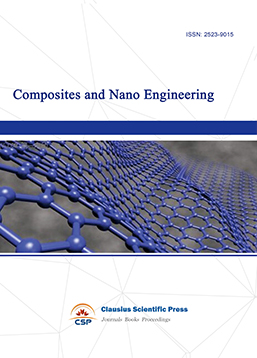
-
Metallic foams
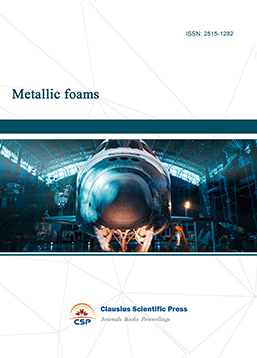
-
Smart Structures, Materials and Systems

-
Chemistry and Physics of Polymers
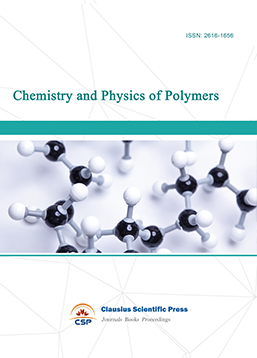
-
Analytical Chemistry: A Journal
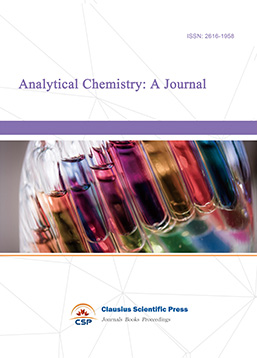
-
Modern Physical Chemistry Research
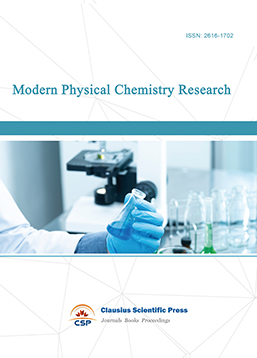
-
Inorganic Chemistry: A Journal

-
Organic Chemistry: A Journal
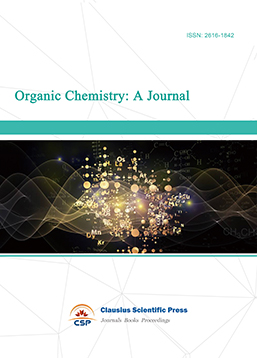
-
Progress in Materials Chemistry and Physics

-
Transactions on Industrial Catalysis
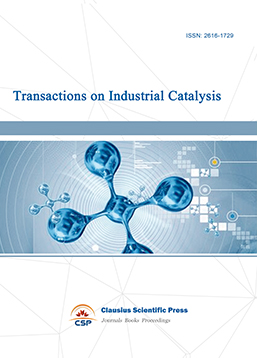
-
Fuels and Combustion

-
Casting, Welding and Solidification
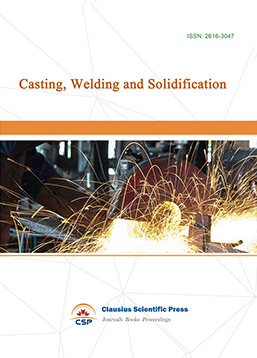
-
Journal of Membrane Technology
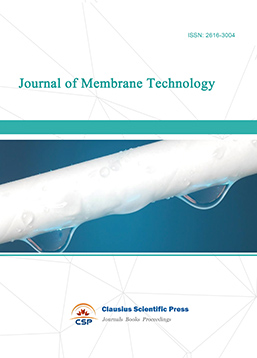
-
Journal of Heat Treatment and Surface Engineering
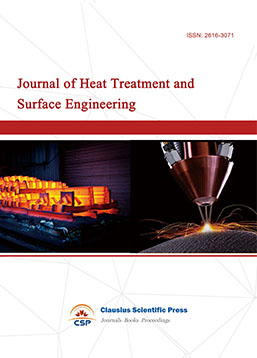
-
Trends in Biochemical Engineering

-
Ceramic and Glass Technology

-
Transactions on Metals and Alloys
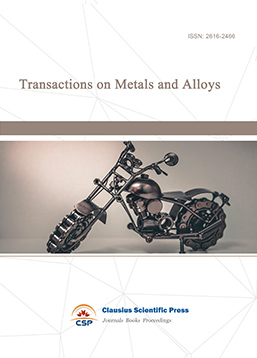
-
High Performance Structures and Materials
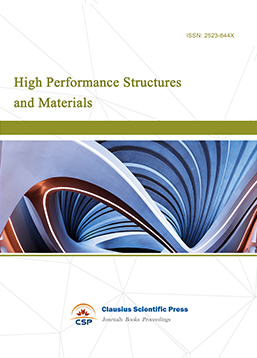
-
Rheology Letters

-
Plasticity Frontiers

-
Corrosion and Wear of Materials

-
Fluids, Heat and Mass Transfer

-
International Journal of Geochemistry
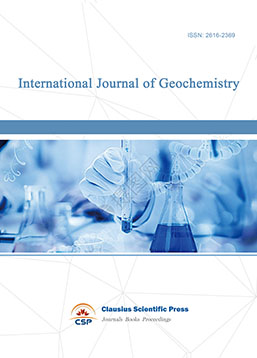
-
Diamond and Carbon Materials
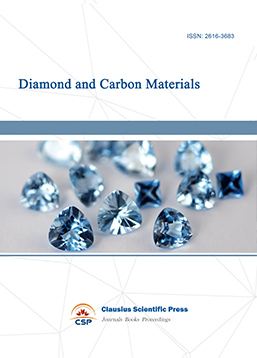
-
Advances in Magnetism and Magnetic Materials
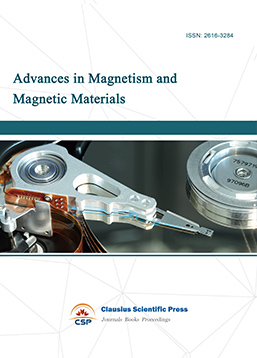
-
Advances in Fuel Cell

-
Journal of Biomaterials and Biomechanics
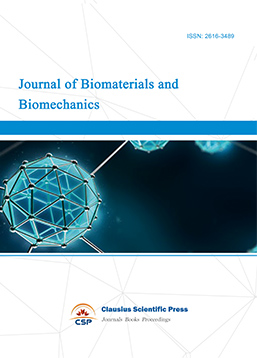

 Download as PDF
Download as PDF